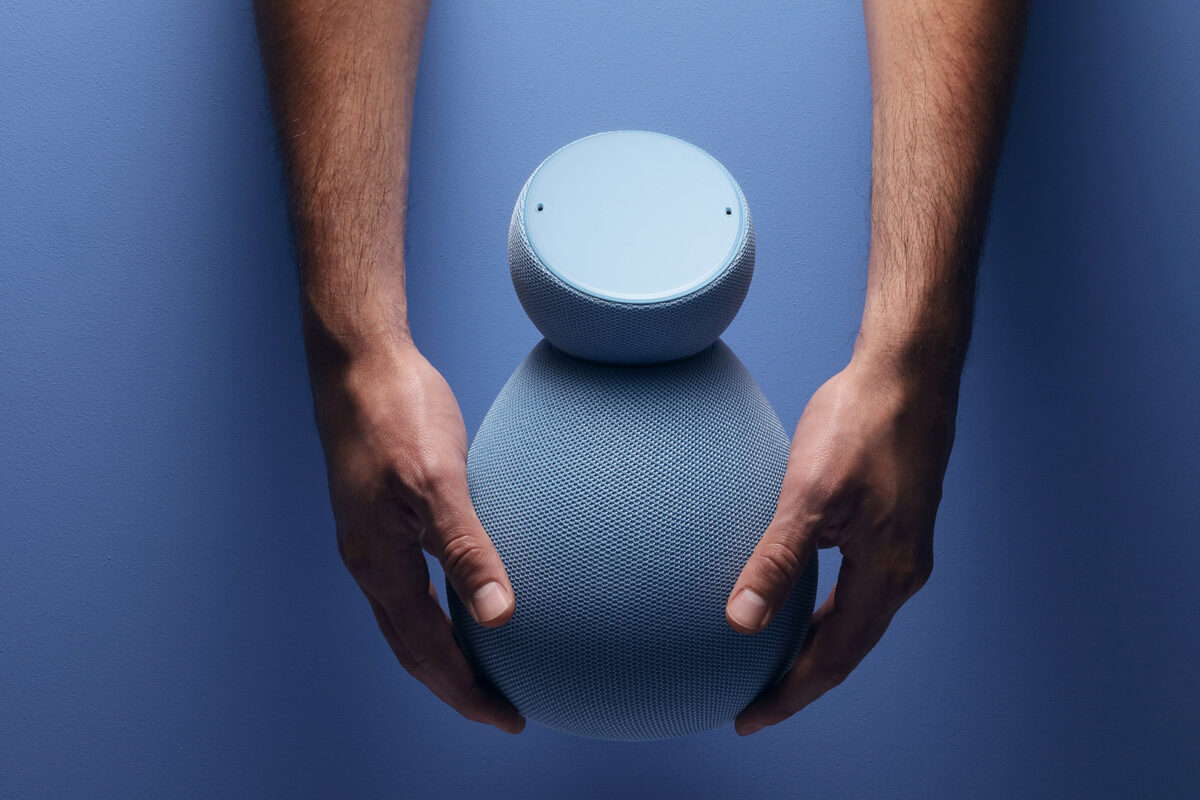In today’s fast-paced world, adaptability has become a crucial trait in various aspects of life. This rings especially true in the field of design, where the ability to pivot, evolve, and play to one’s strengths can make all the difference. Design adaptability is not just about keeping up with trends; it’s about harnessing your unique talents and skills to create meaningful and impactful designs. In this article, we will explore the concept of design adaptability and how you can use it to your advantage.
Understanding Design Adaptability
Design adaptability is the capacity to adjust and thrive in different design contexts, whether it be in response to changing client needs, evolving design trends, or new technologies. It’s about being versatile, open-minded, and proactive in your approach to design. Here are some key aspects of design adaptability:
- Versatility: A versatile designer can seamlessly transition between different design styles, techniques, and mediums. This versatility allows you to take on a wide range of projects and adapt your skills to suit the specific requirements of each.
- Open-mindedness: Design adaptability also involves being open to new ideas, perspectives, and feedback. Embracing change and staying curious can lead to innovative solutions and fresh perspectives in your work.
- Skill development: Continuously developing your skills and staying up-to-date with the latest design tools and technologies is essential for staying adaptable. This ensures that you can confidently tackle new challenges that may arise in your design projects.
- Problem-solving: Adaptable designers are excellent problem solvers. They can assess a situation, identify potential roadblocks, and come up with creative solutions on the fly.
Playing to Your Strengths
While adaptability implies being flexible and versatile, it’s equally important to recognize and leverage your strengths as a designer. Your unique skills and talents can set you apart in a competitive field. Here’s how you can play to your strengths while staying adaptable:
- Self-awareness: Begin by identifying your strengths and weaknesses as a designer. What design styles do you excel at? What types of projects do you enjoy the most? Understanding your strengths allows you to strategically choose projects that align with your skills.
- Specialization: Consider specializing in a niche area of design where your strengths shine. Specialization can help you become an expert in your field and attract clients who value your specific expertise.
- Collaboration: Collaborate with other designers who complement your strengths. Working in a team allows you to combine your unique skills with those of others to create exceptional designs.
- Continuous learning: Even as you play to your strengths, never stop learning. Stay updated on design trends, new software, and emerging technologies. This knowledge will enhance your adaptability and keep your skills relevant.
- Feedback and growth: Seek feedback from peers, mentors, and clients. Constructive criticism can help you identify areas for improvement while reinforcing your strengths.
Design adaptability is a dynamic and ever-evolving concept in the world of design. It’s about staying flexible and open to change while leveraging your unique strengths to create exceptional designs. By understanding your strengths and continuously honing your skills, you can adapt to the ever-changing design landscape and stand out in a competitive industry. So, remember to embrace change, stay curious, and always play to your strengths as a designer.


